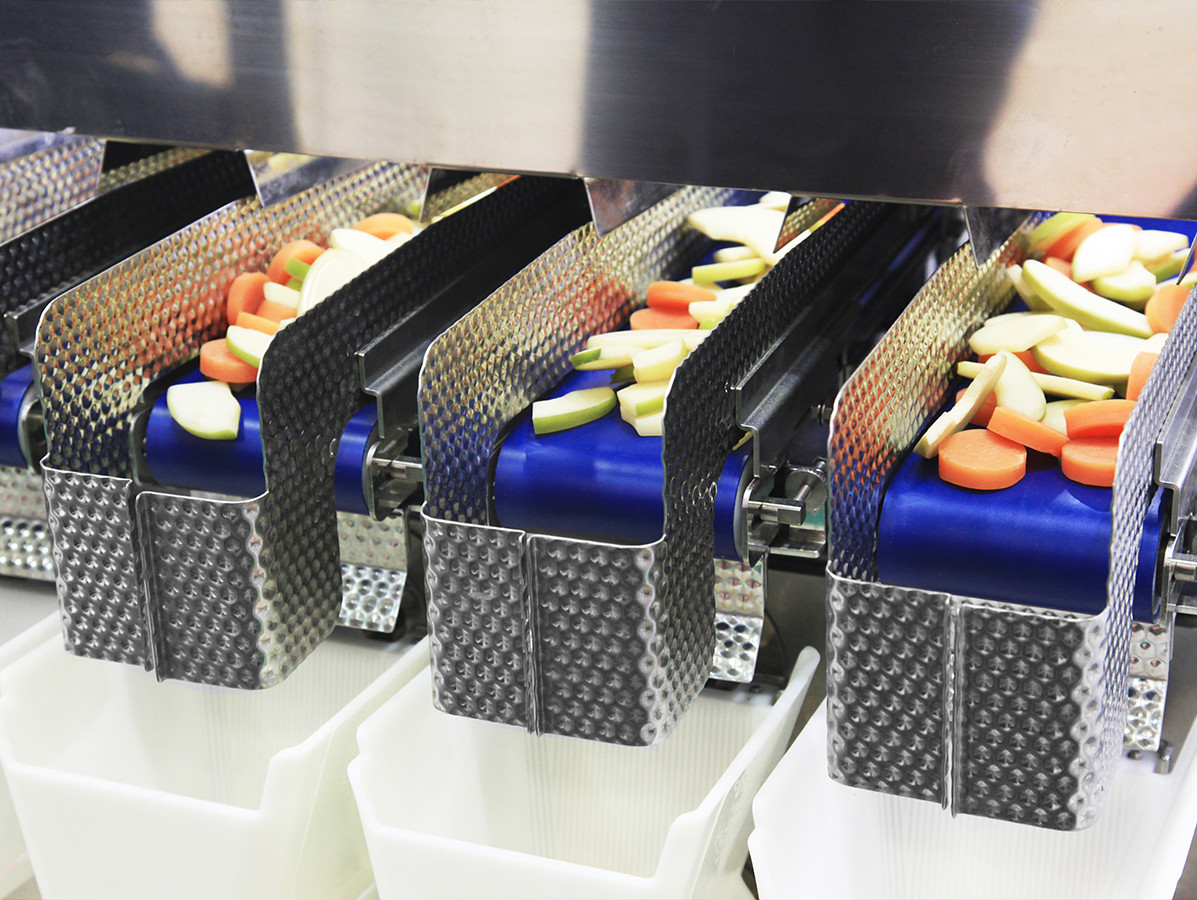
The World Bank predicts that global waste production will increase by more than 70% to 3.4 billion tons by 2050. According to the Circularity Gap Report 2020, only 8.6% of this will be returned to the economy. Reducing waste is not only important from a sustainability perspective, but is also essential to create new commercial opportunities in the circular economy.
Companies are encouraged to optimize the use of raw materials and reduce their waste production as much as possible, from both a cost and capacity perspective. However, many producers have to deal with residual streams. Although producers reuse these residual streams in part in their own processes, this is not possible in all cases. There is therefore a risk that residual streams are not reusable and end up as waste. The circular economy opens the way to a new arsenal of possible applications for these residual flows.
Companies at the edge of the circular economy often face the challenge of operating within the linear economy and having to comply with the legal, financial and accounting rules and regulations that apply within it. This means that circular business models have to work within existing regulations, while entering new avenues of business, measuring (environmental, social and financial) outcomes and attracting funding.
The white paper 'Valuing residual streams' is the result of an initiative by the Coalition Circular Accounting (CCA), a multidisciplinary collaboration with the aim of identifying reporting-related issues that are an obstacle to the transition to the circular economy and working out solutions to them. The CCA conducted the IntelligentFood case study to identify existing issues and provide a set of tools that similar companies can use to address these obstacles so that the transition to the circular economy is accelerated.
Click here for the white paper 'Adding value to waste streams' (Dutch only).
abnamro.nl
Source: ABN AMRO